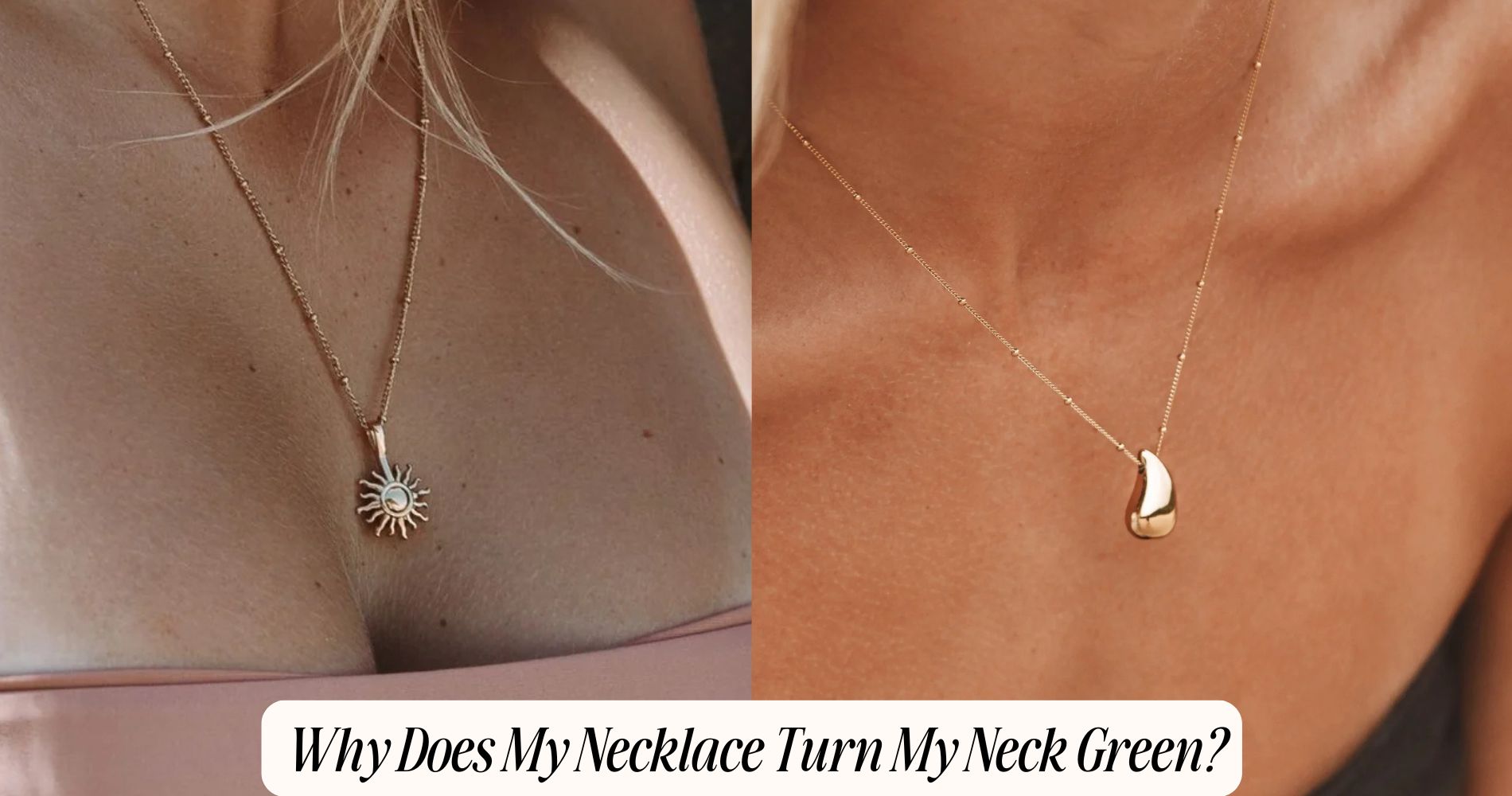
Why Does My Necklace Turn My Neck Green?
Why does my necklace turn my neck green? This common question comes down to chemical reactions between your skin and certain metals, mainly copper or nickel. When these metals oxidize against your skin’s natural acidity, they create copper salts or nickel compounds that leave behind green discoloration. Factors like body pH, sweat, and humidity can make it worse. The good news is, you can avoid this issue by choosing hypoallergenic pieces like our Everyday Gold Necklace Collection, keeping jewelry dry, or adding a clear protective coating. Read on to learn how to minimize these reactions and keep your jewelry looking beautiful.
Understanding the Chemistry of Jewelry Reactions
When you notice a necklace turning your neck green, it's the result of a fascinating chemical reaction between the metal in the jewelry and the acids in your skin.
This process, known as metal oxidation, occurs when the metal reacts with your skin's naturally occurring acids. Your skin acidity plays a significant role, as it can vary based on factors like diet, sweat, and individual pH levels.
When these acids come into contact with certain metals, they can cause the metal to corrode, releasing ions that react further to form compounds.
These compounds, such as copper salts, are what create that green discoloration on your skin. Understanding this interaction helps you appreciate the chemistry behind why jewelry can sometimes leave its mark.
Common Metals That Cause Skin Discoloration
Now that you understand the chemistry of jewelry reactions, let's explore the common metals responsible for skin discoloration.
Copper alloys, often used in jewelry, are leading culprits. When copper is exposed to moisture and air, it can oxidize, leaving a green residue on your skin. This is especially prevalent in alloys where copper is combined with other metals to enhance durability and appearance.
Nickel exposure is another frequent cause of skin discoloration. Widely used due to its strength and affordability, nickel can react with your skin's natural oils and sweat, resulting in a black or greenish tint.
Many people also have nickel sensitivity, which intensifies the discoloration and may cause irritation. Understanding these metals can help you make informed jewelry choices.
The Role of Body Chemistry in Skin Reactions
Understanding your body's unique chemistry is essential in determining how your skin reacts to different metals in jewelry. Your body pH and sweat composition play pivotal roles in this process.
If your body's pH is more acidic, it can accelerate metal corrosion, causing metals like copper or nickel in your necklace to oxidize and leave a green stain on your skin. Sweat, a complex fluid composed of water, salts, and other compounds, acts as a medium that facilitates this reaction.
High salt levels in your sweat can further enhance metal ion dissolution, intensifying the discoloration. Additionally, individual variations in sweat composition, influenced by diet and genetics, impact how pronounced these reactions are.
Understanding these factors can help you choose jewelry that minimizes skin reactions.
Environmental Factors That Contribute to Green Stains
While your body's chemistry greatly influences how your skin interacts with metals, external environmental factors also play an important role.
Humidity levels are a primary factor; higher humidity can accelerate the oxidation process in metals, particularly copper and nickel, which are common in jewelry. This oxidation creates copper salts that leave green stains on your skin.
Your skin pH also matters; if your skin is more acidic, it can exacerbate the metal's reaction, further promoting discoloration. Metals can corrode faster in acidic environments, leading to an increased likelihood of green staining.
Even minor changes in climate or your immediate surroundings can alter these elements, making it vital to understand how they impact your jewelry-wearing experience.
Tips to Prevent Your Necklace From Turning Your Neck Green
If you want to prevent your necklace from turning your neck green, several technical strategies can be employed to protect both your skin and your jewelry.
One effective preventive measure is to apply a clear, protective coating to your necklace. This barrier prevents metals like copper from reacting with your skin.
Additionally, selecting necklaces made from hypoallergenic materials, such as stainless steel or platinum, greatly reduces the risk of discoloration.
Jewelry maintenance is vital; guarantee your necklace is clean and dry before wearing it. Moisture catalyzes the reaction causing the green tint.
Store your jewelry in a cool, dry place to prevent tarnishing.
Caring for Your Jewelry to Minimize Reactions
Ensuring your necklace doesn’t turn your neck green is just the beginning; maintaining the integrity of your jewelry is equally important.
To minimize reactions, employ effective jewelry maintenance techniques. First, store your pieces in a cool, dry place to prevent moisture buildup, which can exacerbate metal reactions. Utilize anti-tarnish strips in storage areas to absorb excess humidity.
When it comes to proper cleaning methods, use a soft cloth to gently remove oils and residues after each wear. For a deeper clean, mix a few drops of mild soap with warm water, and gently scrub using a soft-bristled brush. Rinse thoroughly and dry completely before storing.
Regular maintenance not only prolongs your jewelry’s lifespan but also reduces the chance of skin discoloration.
When to Seek Alternatives to Certain Jewelry Materials
Have you ever considered why some jewelry materials mightn't be the best choice for you? Certain metals, like nickel and copper, can cause skin discoloration or allergic reactions.
If you notice your skin turning green under a necklace, it's time to seek alternatives. Opt for hypoallergenic options such as titanium, surgical stainless steel, or platinum, which considerably reduce the risk of irritation.
These materials aren't only skin-friendly but also durable. If budget constraints are a concern, explore cost-effective alternatives like gold-plated stainless steel or rhodium-plated brass.
These options offer the appearance of luxury metals without the associated price tag. By making informed choices, you can enjoy stylish jewelry without compromising your skin's health or your wallet.
Frequently Asked Questions
Can Wearing a Necklace Cause an Allergic Reaction Besides Turning Skin Green?
Yes, wearing a necklace can cause allergic reactions due to metal allergies. You might experience skin sensitivities, like itching or redness, from metals like nickel or cobalt. Make certain your jewelry is hypoallergenic to prevent such reactions.
Does the Color of the Necklace Affect Its Likelihood to Cause Skin Discoloration?
No, the color doesn't affect skin discoloration; it's the necklace materials. Metal alloys like copper can react with your skin's acids, causing a green tint. Opt for higher-quality metals to minimize this reaction.
Are There Any Health Risks Associated With Skin Discoloration From Jewelry?
Yes, there are potential health risks. Skin discoloration from jewelry can indicate skin irritation or metal allergies. Prolonged exposure might lead to more severe reactions, like dermatitis, especially if you're allergic to metals like nickel or copper.
Can Skin Discoloration From Jewelry Be Removed With Home Remedies?
Yes, you can remove skin discoloration with home remedies. Apply a paste of baking soda and water, gently exfoliate, and rinse. Moisturize afterward to maintain skin care. This technique effectively targets discoloration from jewelry.
How Can I Test if a Necklace Will Turn My Skin Green Before Wearing It?
Rub the necklace against a small, inconspicuous area of your skin. Wait an hour. If your skin turns green, you likely have a sensitivity to the metal. Alternatively, use a metal testing kit to determine its composition.
Conclusion
To prevent your necklace from turning your neck green, understand the chemistry behind these reactions. Metals like copper and nickel often cause discoloration, especially when they react with your skin's natural acids and sweat. Environmental factors, like humidity, can exacerbate this. Choose jewelry made from hypoallergenic materials, or coat your pieces with clear nail polish to create a barrier. Proper care and maintenance of your jewelry can greatly reduce these reactions, ensuring both your skin and accessories stay in top condition.







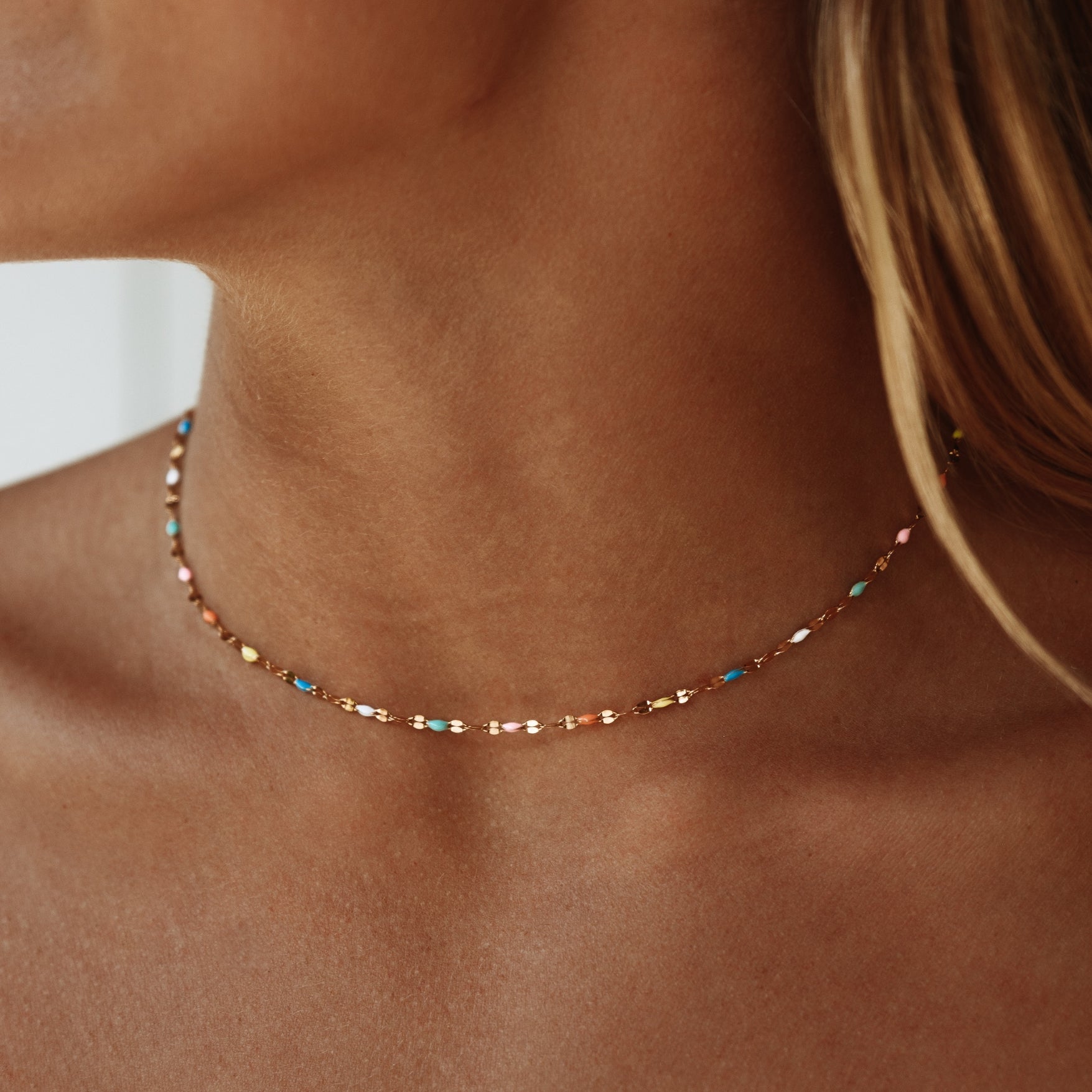
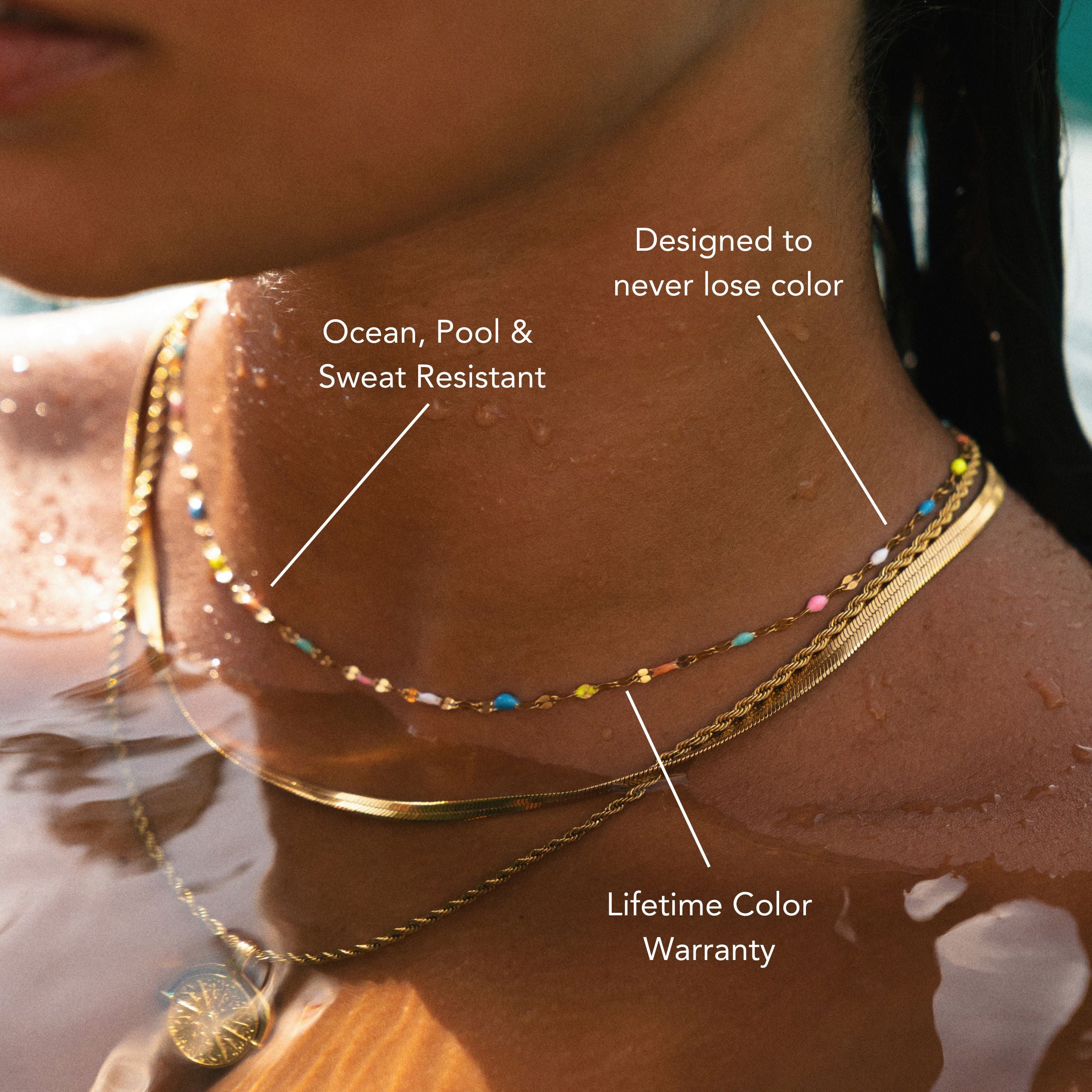
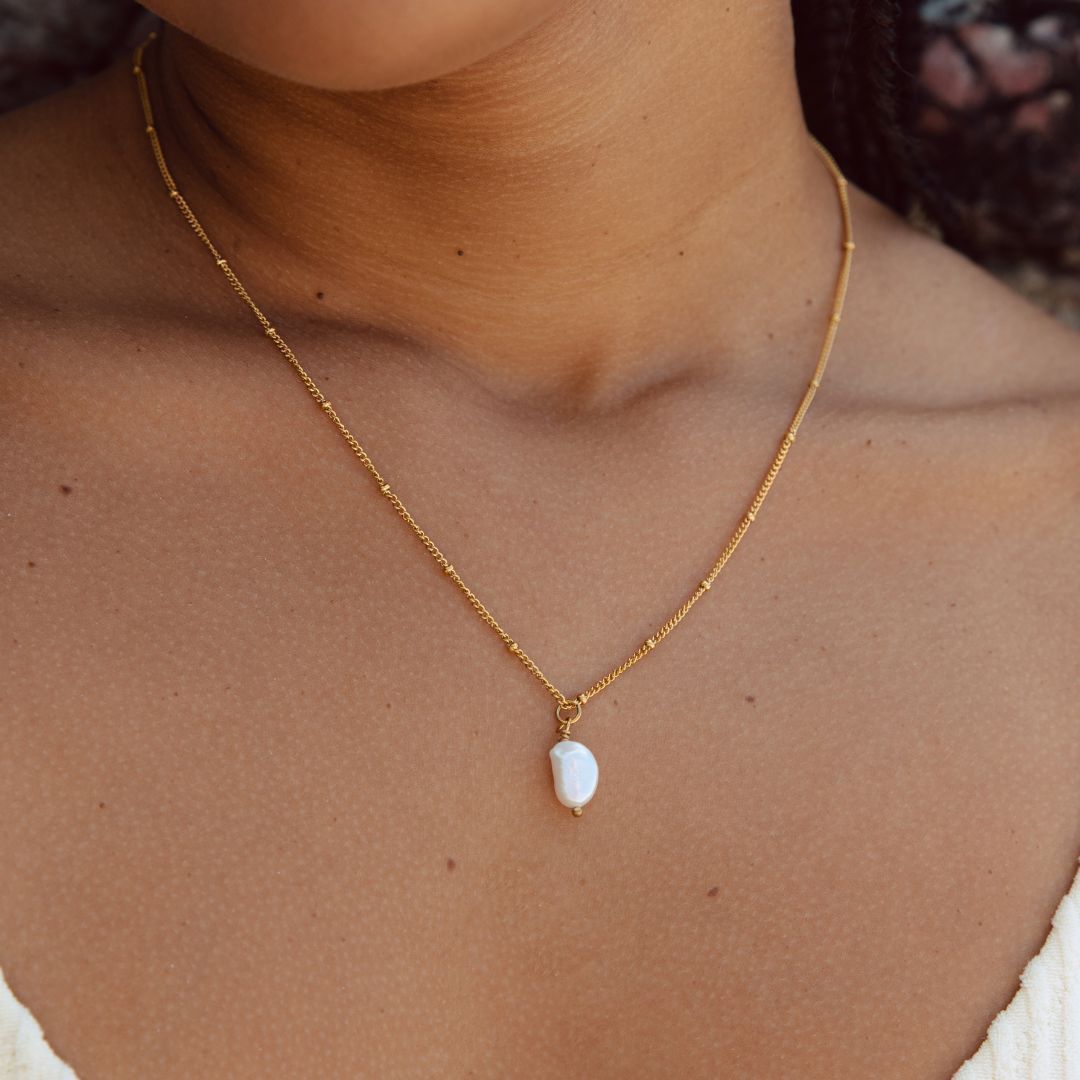

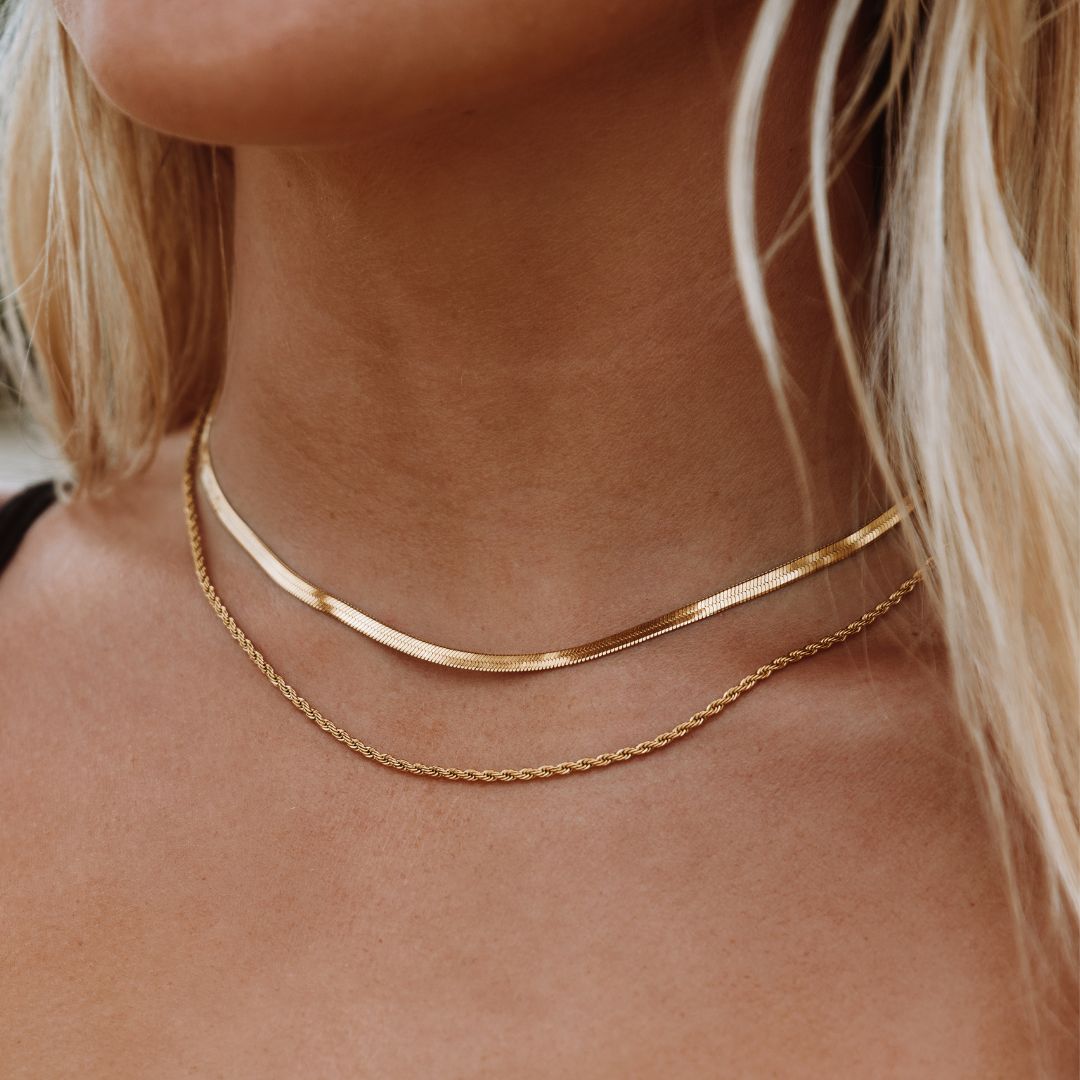
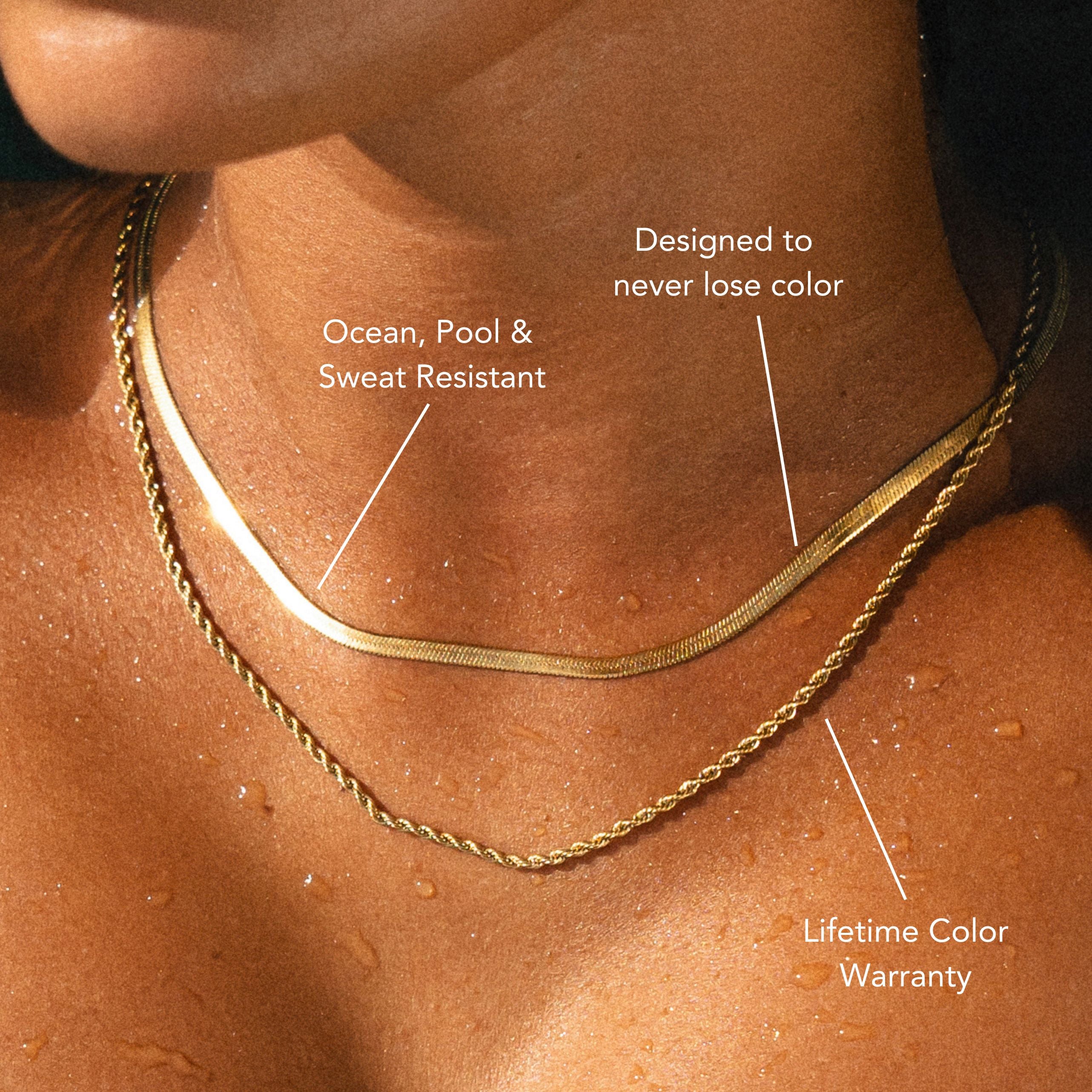
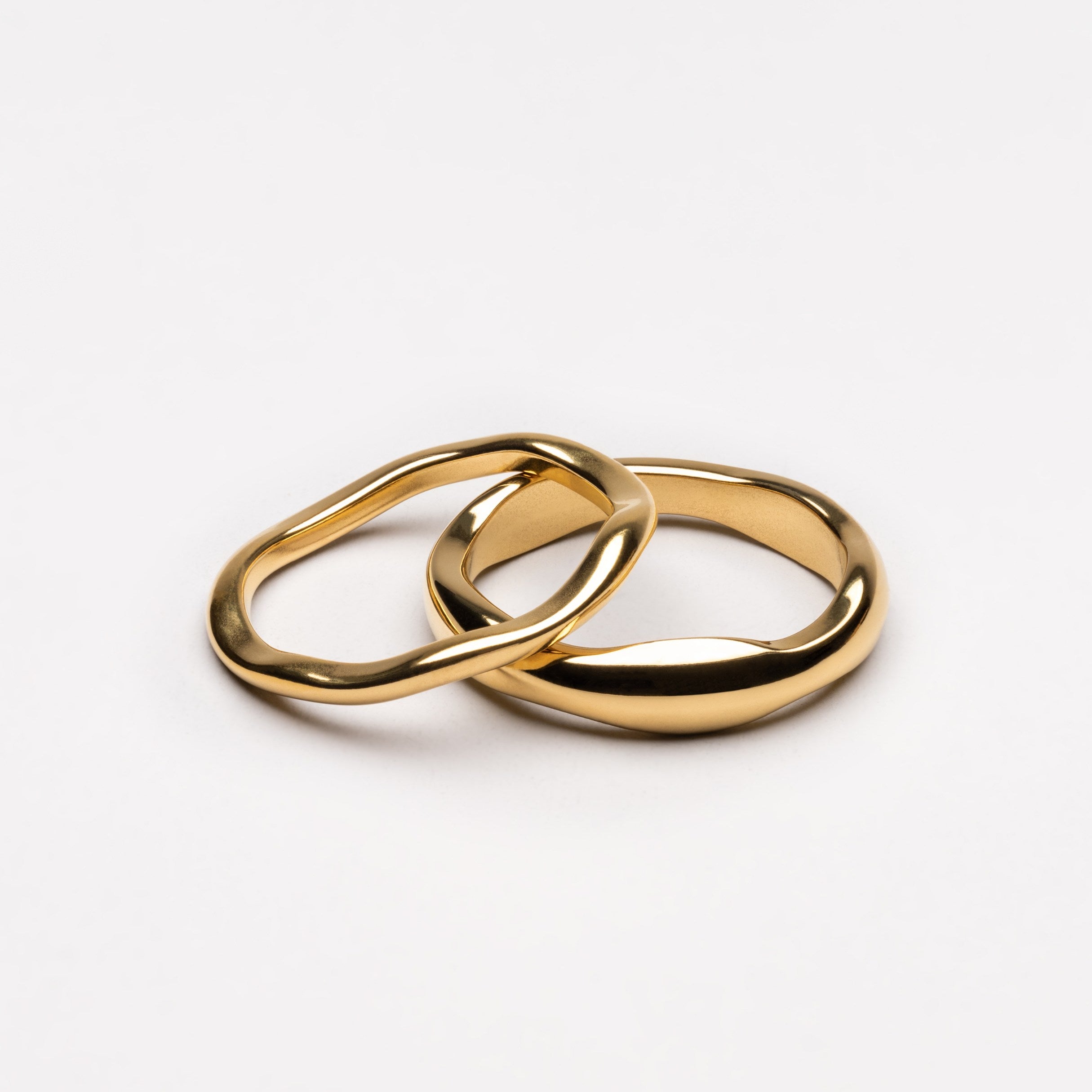

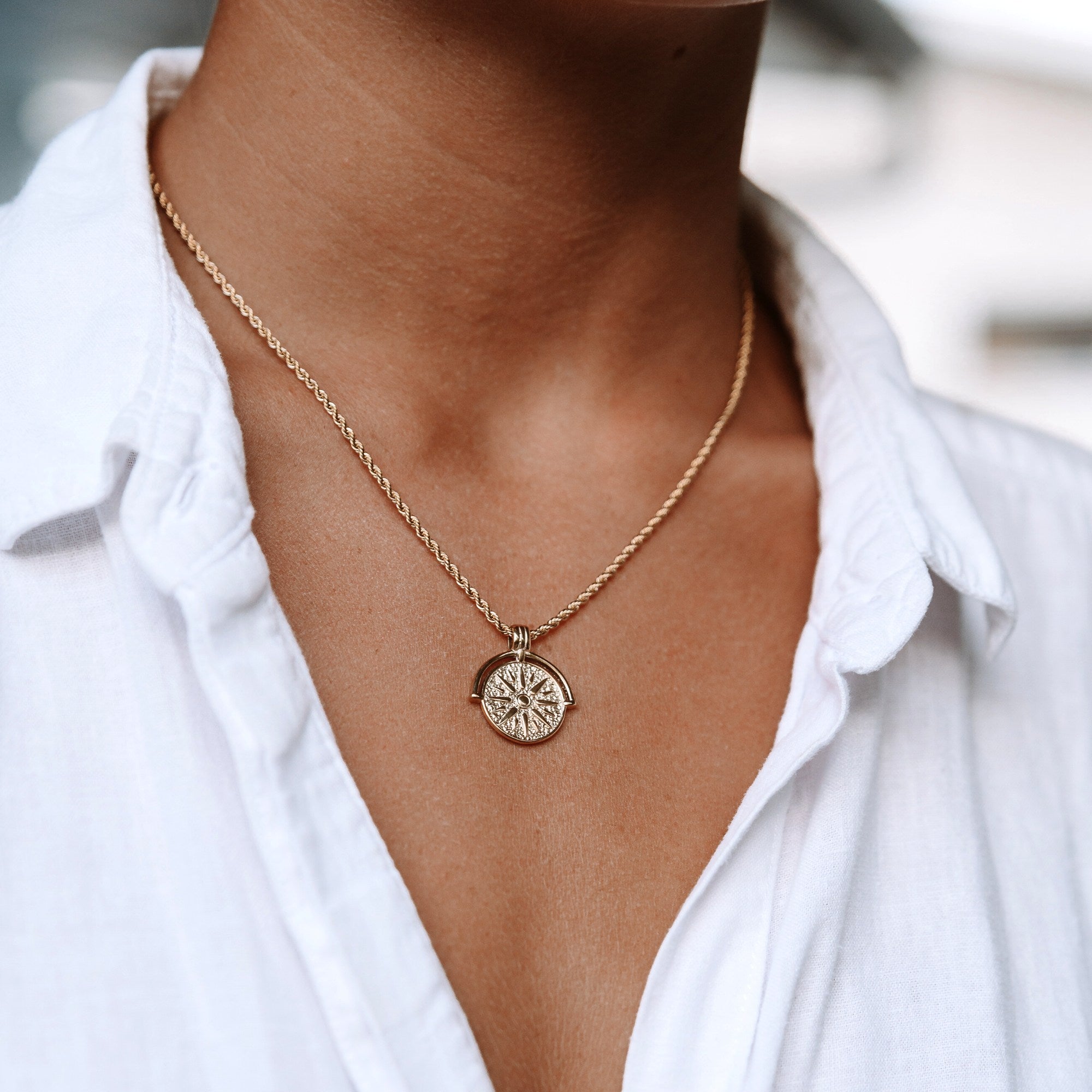
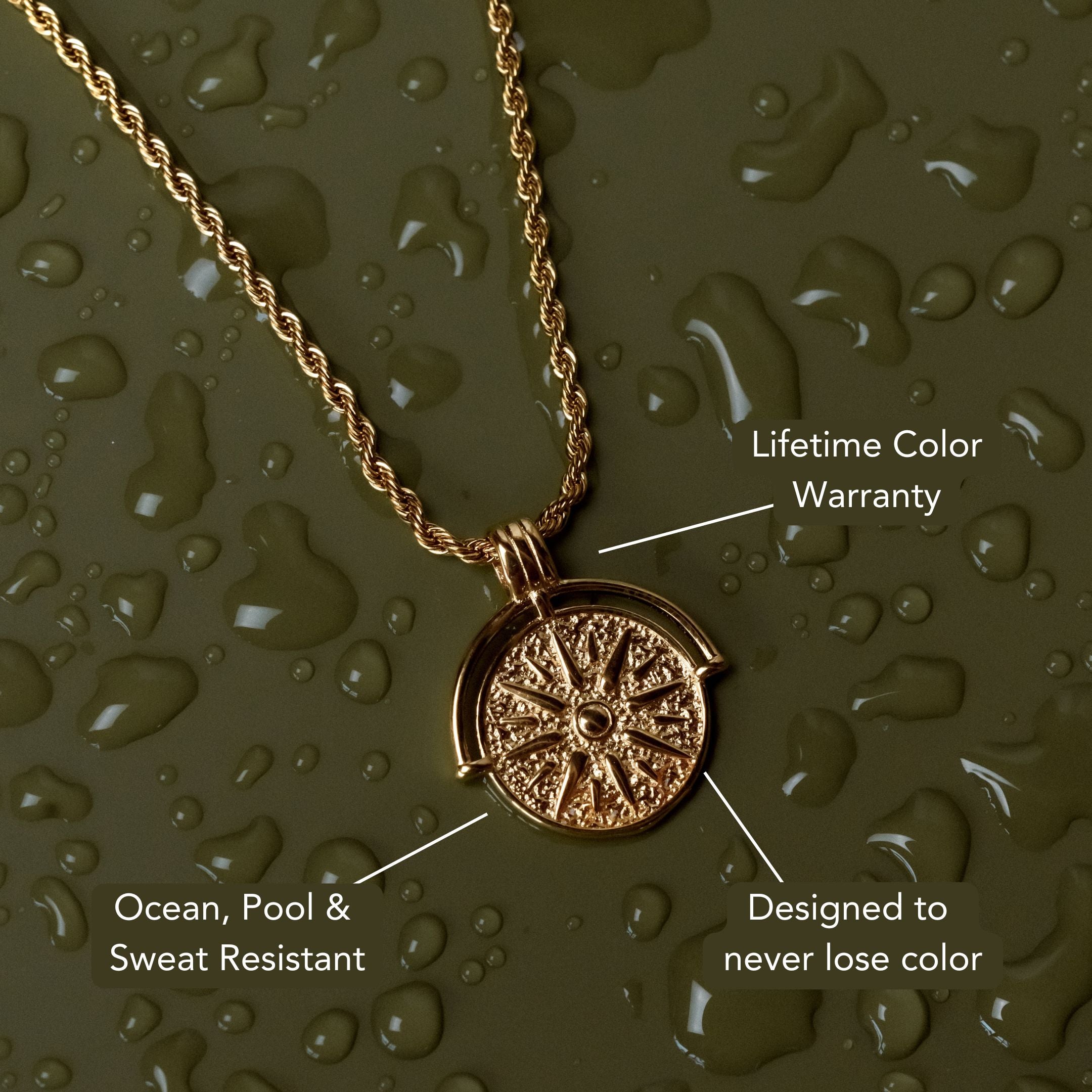
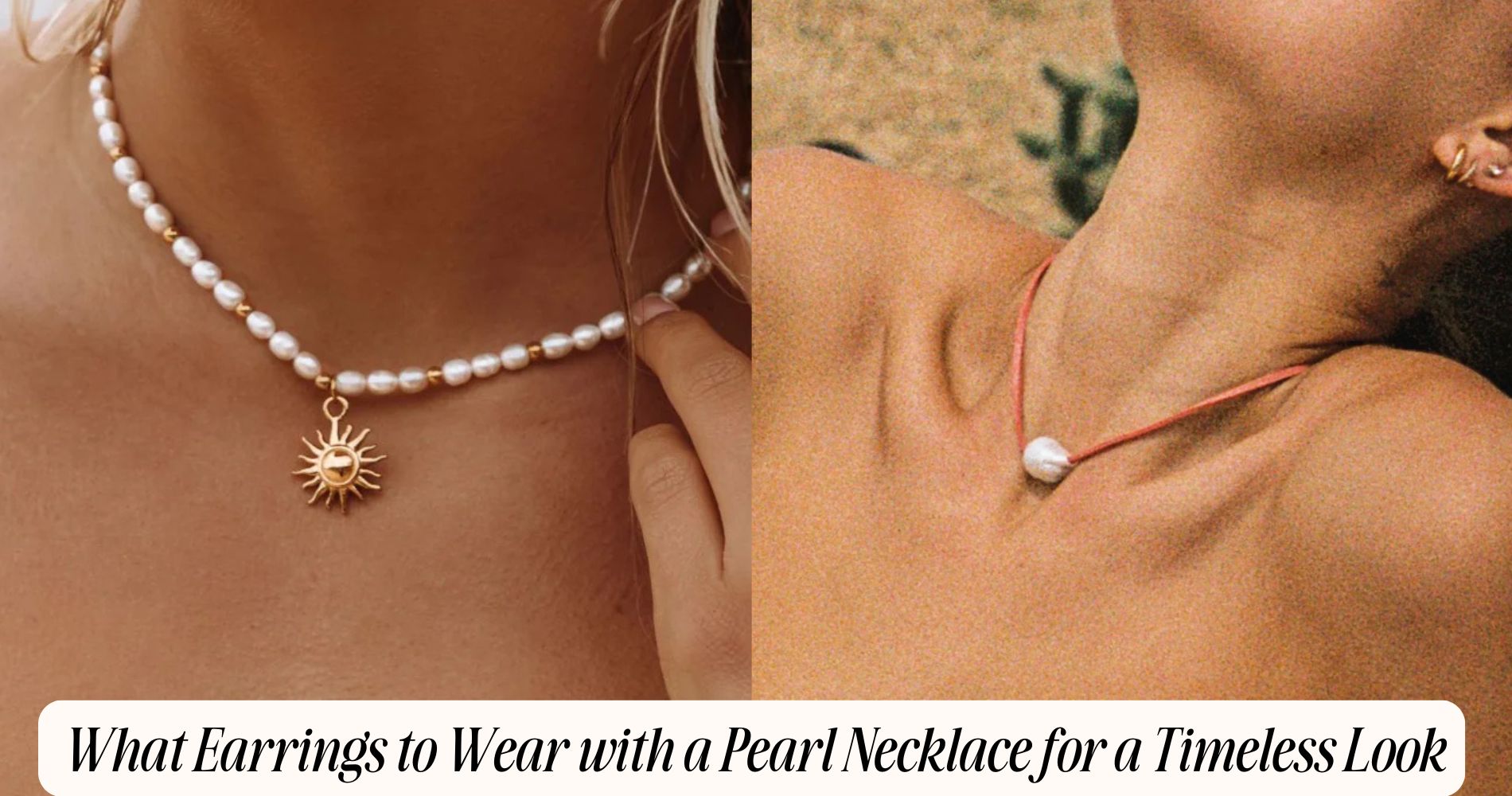
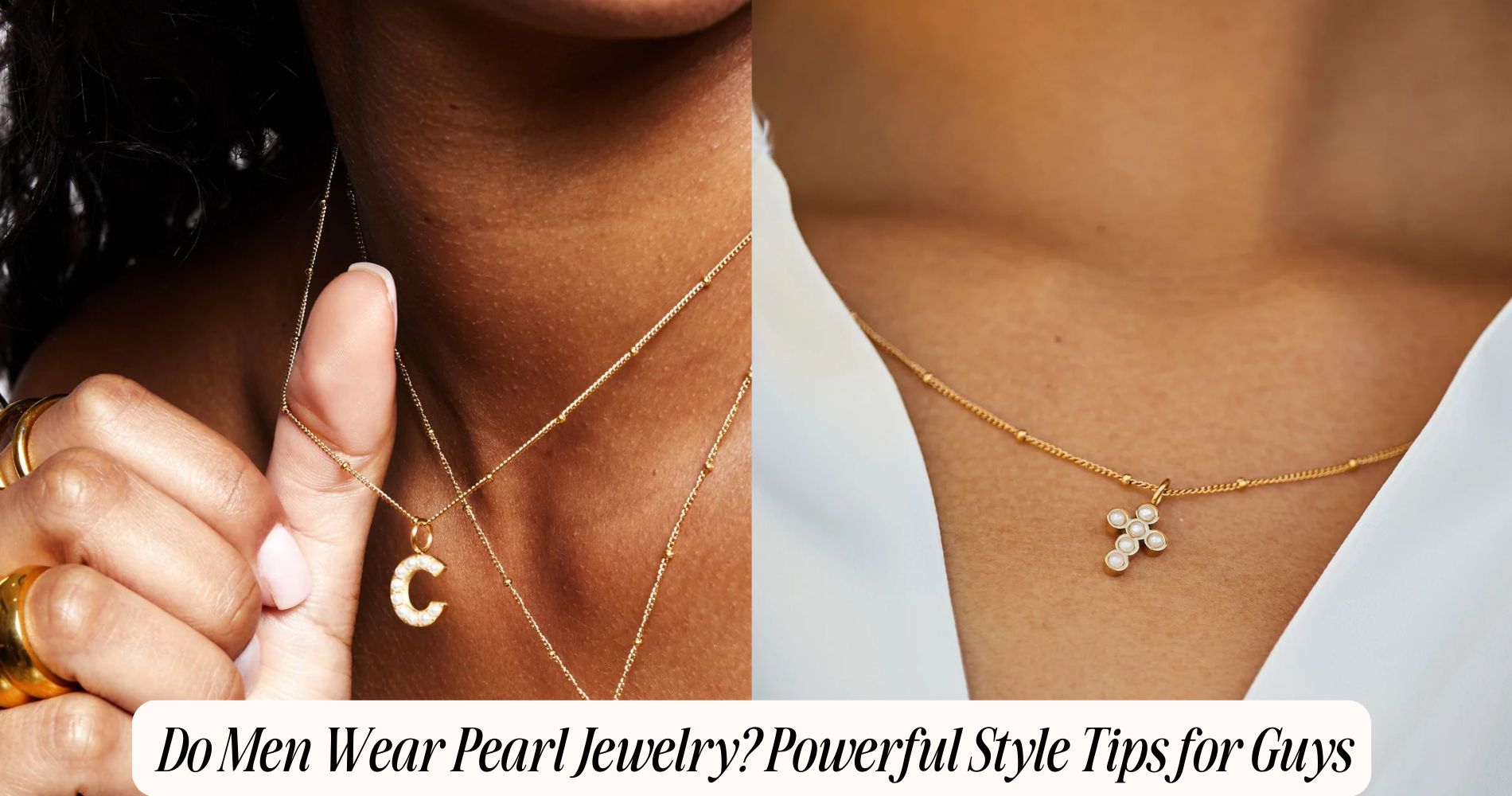




Leave a comment
This site is protected by hCaptcha and the hCaptcha Privacy Policy and Terms of Service apply.